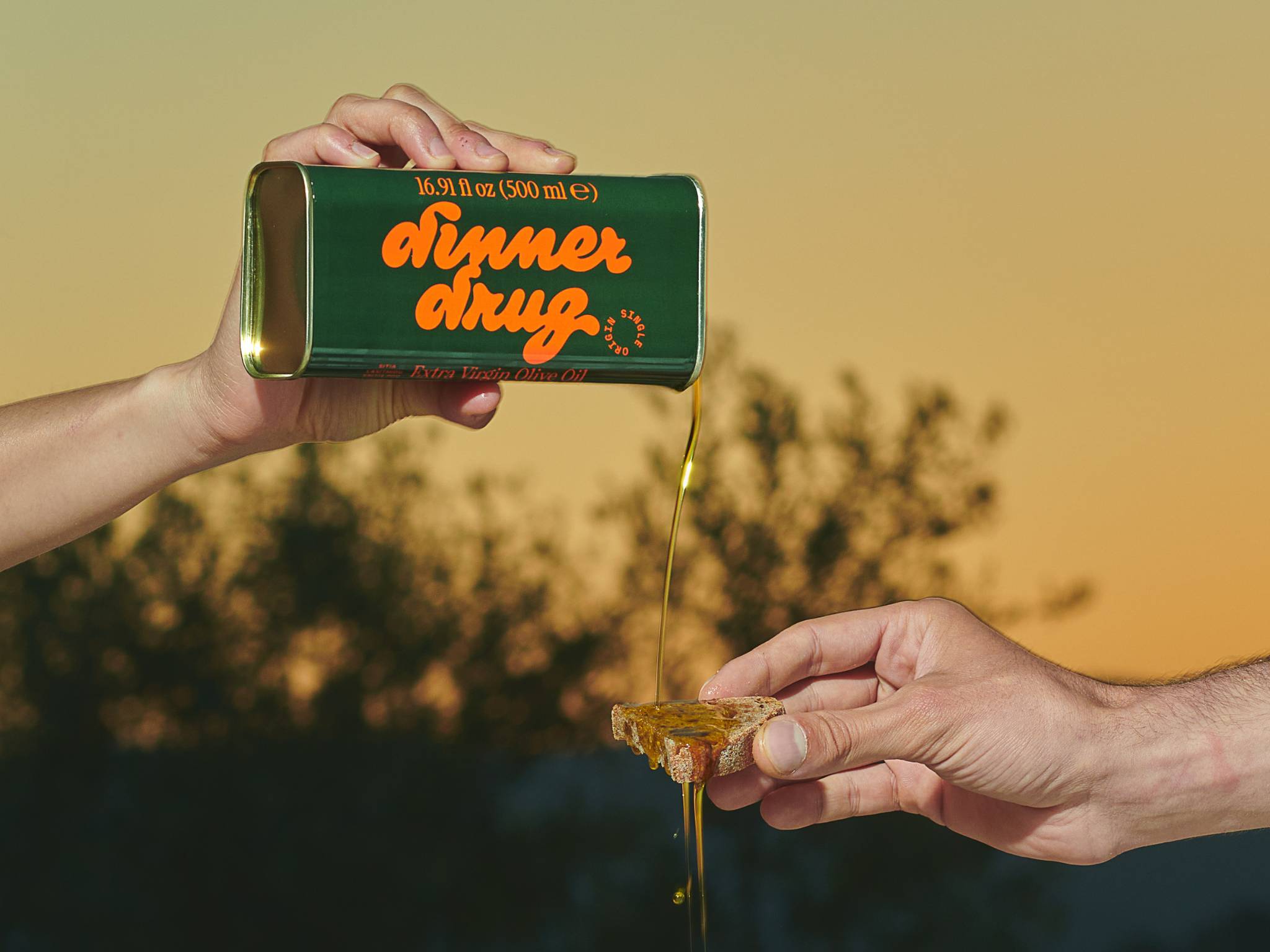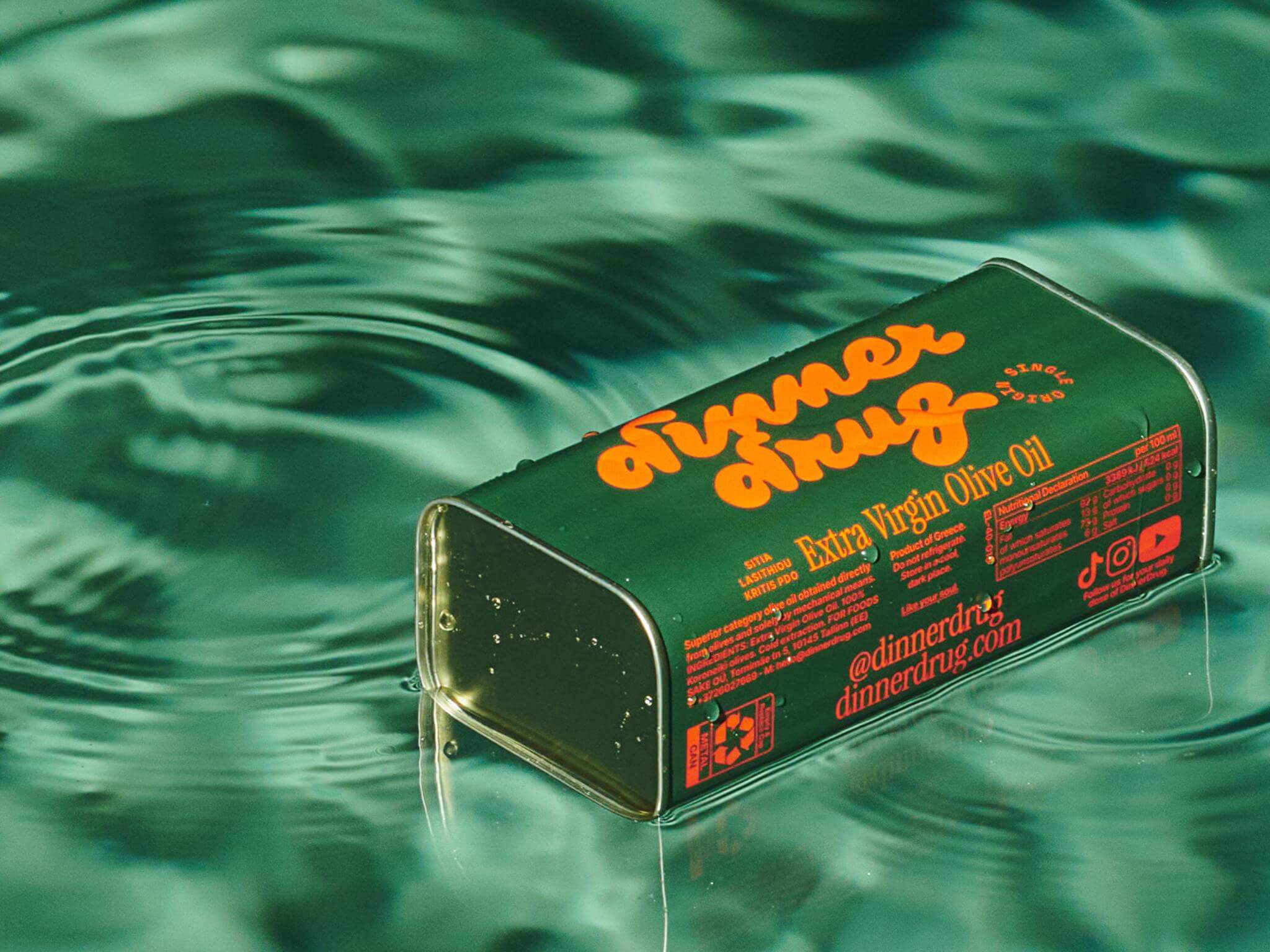Everyone’s talking about polyphenols nowadays. But while polyphenols are the superstars of olive oil, oleic acid is mostly overlooked. Even so, it makes up roughly 90% of all the fats in our diet and can contribute to good health. So let’s talk about this fatty acid and what it’s got to do with your olive oil.
What is oleic acid?
Oleic acid is a natural fatty acid. It’s one of the building blocks of fat found in your food and body. It’s usually hanging on to another molecule, called glycerol, forming triglycerides.
Happy with this short definition? Maybe. But since this is a whole article about oleic acid, let me give you more detail here.
The structure of oleic acid
Typing the term “oleic acid” in the search box will quickly bring up more questions than quick answers.
To keep this useful though, I won’t bore you with any chemical jargon today. All that matters to us is that oleic acid is a monounsaturated omega-9 fatty acid.
And it’s literally everywhere!
Oleic acid makes up a major part of monounsaturated fat in our diet, it’s found in human breast milk and it’s crucial to a healthy and balanced nutrition.
Oleic acid: benefits for your health and cooking game
Oleic acid is the good stuff. I mean really! It is what you’re ideally looking for in a balanced diet and it can help keep you healthy. Why?
Well, there are many studies suggesting that oleic acid helps fight off inflammation and so lowers the risk of certain diseases, including heart disease and stroke.
It’s also known to lower blood pressure and keep bad LDL cholesterol at bay while raising good HDL cholesterol levels. And if that wasn’t enough, it’s also oleic acid that supports bone health and protects against osteoporosis. Sounds good, right?
Here’s a list of the most common benefits of oleic acid:
- Promotes heart health
- Increases good & decreases bad cholesterol
- Lowers risk of heart disease & stroke
- Lowers risk of type 2 diabetes, as it regulates blood sugar
- Promotes brain health & cognitive function
- Has anti-inflammatory properties
Oleic acid is also quite stable and endures (reasonable) heat without breaking down right away. This makes it way easier to cook a healthier meal and avoid any unwanted fumes from cooking. Plus you can easily find it in a lot of foods you probably already have in your kitchen.
Foods rich in oleic acid:
- Olive oil (up to 83%)
- Hazelnuts (79%)
- Pecans (65%)
- Cashews (60%)
- Cheese (58%)
- Milk (20%)
- Chicken (17%)
Is oleic acid that good for you?
Yes, but take this with a pinch of salt. While there are all these amazing health benefits from consuming oleic acid, eating too much fat, even from the healthiest sources, can lead to weight gain. And most people would like to avoid that.
Also, a balanced diet is always this: BALANCED. Having other healthy stuff, like a few carrots, broccoli, or even Brussels sprouts (I’m being dead serious here), is a good idea, too. Just sayin’...
Your dose of oleic acid in olive oil
Wow, I feel like I want more oleic acid now. You too? Then look no further than your kitchen cupboards, which I hope has a bottle of extra virgin olive oil in it.
Olive oil is high in oleic acid. Most of the fatty acids found in olive oil are oleic acid and it can amount to up to 83%.
This makes olive oil the stuff you need in your daily meals and many researchers are convinced that olive oil just meets the sweet spot in terms of its fatty acids content, especially oleic acid.
Don’t confuse it with the acidity of your oil.
Sometimes oleic acid content gets confused with overall olive oil acidity. This is because oleic acid is the most abundant fatty acid in olive oil and it’s therefore used to determine the acidity level of a given oil. This means that laboratories take free oleic acid as the reference point for all free fatty acids present in the oil.
But acidity isn’t the same as the oil’s overall oleic acid content. And vice versa. That’s because other factors influence the olive oil acidity; factors that don’t have to be related to oleic acid content in the first place.





